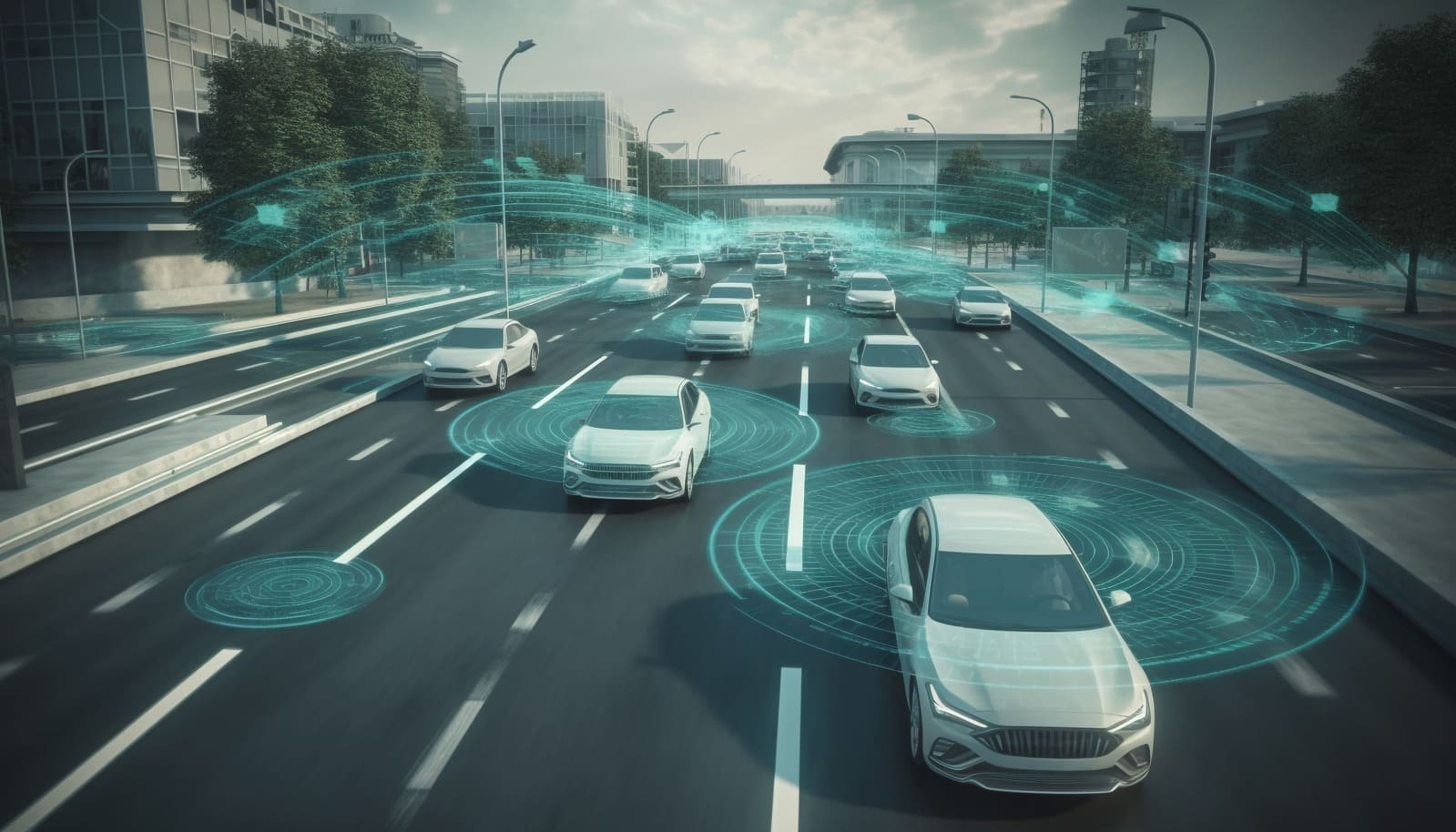In an age where artificial intelligence (AI) plays a crucial role in computer vision applications, one component stands out as a foundational building block—video annotation. For object detection models to perform reliably in real-world scenarios, they require vast amounts of high-quality annotated video data. The accuracy of these models depends not just on the volume of data but on how precisely it has been labeled. That’s where video annotation services become indispensable.
From autonomous vehicles to surveillance systems, the need for accurate and context-rich video data is rapidly increasing. This article explores how video annotation enhances object detection accuracy, highlights real-world applications, and discusses the leading companies driving innovation in this field.
Understanding the Role of Video Annotation in Object Detection
Object detection is a core computer vision task that involves identifying and localizing objects within an image or video frame. Whether it’s pedestrians on a crosswalk, defective parts on a conveyor belt, or vehicles at an intersection, machine learning models need well-structured datasets to distinguish between objects with high precision.
Video annotation refers to the process of labeling objects across a sequence of video frames. This includes tracking movement, tagging multiple classes of objects, handling occlusions, and recognizing variations in lighting, angles, and environmental conditions. Unlike image annotation, video annotation provides temporal context, which is critical for understanding object behavior over time.
Without high-quality annotation, object detection models risk misclassification, poor tracking, and increased false positives or negatives—all of which reduce system reliability.
Techniques That Enhance Annotation Quality
The effectiveness of object detection systems is directly linked to the quality and consistency of the annotation process. Here are some of the most impactful video annotation techniques:
- Bounding Boxes: Used to define the location of objects frame by frame. Essential for basic detection tasks.
- Polygon Annotation: Offers pixel-level accuracy, especially important for irregularly shaped objects.
- Semantic Segmentation: Labels every pixel in a frame according to object class, enabling fine-grained scene understanding.
- Object Tracking: Maintains continuity of object identity across frames, which is vital for motion-based recognition.
- 3D Cuboids: Used in advanced applications like autonomous vehicles for depth estimation and spatial positioning.
Combining these techniques ensures object detection models are not only trained on accurate data but also robust enough to handle real-world variability.
Applications Across Industries
1. Autonomous Vehicles
Object detection plays a central role in enabling self-driving cars to perceive their environment. From lane detection to identifying pedestrians and traffic signs, annotated video data powers the AI behind navigation systems. Notably, In-Cabin Monitoring Solutions for Autonomous Vehicles are emerging as a complementary field, focusing on driver behavior, drowsiness detection, and occupant tracking. These innovations rely on labeled in-cabin video data to function reliably.
2. Retail and Smart Surveillance
Retail environments use object detection for footfall analytics, product placement optimization, and theft prevention. In smart surveillance, object tracking helps detect suspicious behavior or unattended items, enhancing public safety.
3. Healthcare
In surgical AI and diagnostic tools, object detection models require annotated videos to identify tools, tissues, or anomalies in medical imaging. Accurate annotation helps ensure AI-assisted procedures meet high safety standards.
4. Manufacturing and Robotics
Automated inspection systems detect product defects, misalignments, or foreign objects on production lines. Precise video annotation contributes to reduced downtime and quality assurance.
Real-World Use Cases of Retrieval-Augmented Generation (RAG)
As machine learning becomes increasingly complex, hybrid AI models such as Retrieval-Augmented Generation (RAG) are gaining traction. RAG combines the power of neural networks with information retrieval systems, enabling models to fetch relevant context during inference. In computer vision, integrating RAG with annotated datasets can help systems answer visual queries or improve scene understanding.
There are already Real-World Use Cases of Retrieval-Augmented Generation in sectors like legal, customer support, and education, which demonstrate how annotated data enhances AI’s ability to interpret nuanced content.
Choosing Reliable Video Annotation Services
Given the complexity and scale of annotation needs, outsourcing to professional video annotation providers is a strategic move. The right partner ensures data privacy, annotation consistency, and domain-specific expertise.
Here are five leading companies providing high-quality video annotation services:
- Digital Divide Data – Known for delivering scalable, accurate annotation with a social impact model.
- Labelbox – Offers an intuitive platform for collaborative annotation and quality assurance.
- Appen – Leverages a global crowd workforce to deliver multilingual and domain-specific annotations.
- Scale AI – Focuses on delivering large-scale, high-precision data for enterprise AI systems.
- CloudFactory – Combines human intelligence with scalable automation to provide video and image annotation for various industries.
These companies stand out for their ability to support large datasets, customize annotation workflows, and ensure quality control across diverse use cases.
Conclusion
Object detection is only as good as the data it learns from. In the era of deep learning and real-time video analytics, the importance of accurate, context-aware annotation cannot be overstated. By leveraging professional video annotation services, organizations can build more reliable, safer, and smarter AI systems.
As applications continue to expand—from In-Cabin Monitoring Solutions for Autonomous Vehicles to generative AI via Real-World Use Cases of Retrieval-Augmented Generation—the role of video annotation remains critical in ensuring accuracy, performance, and ethical AI development.
